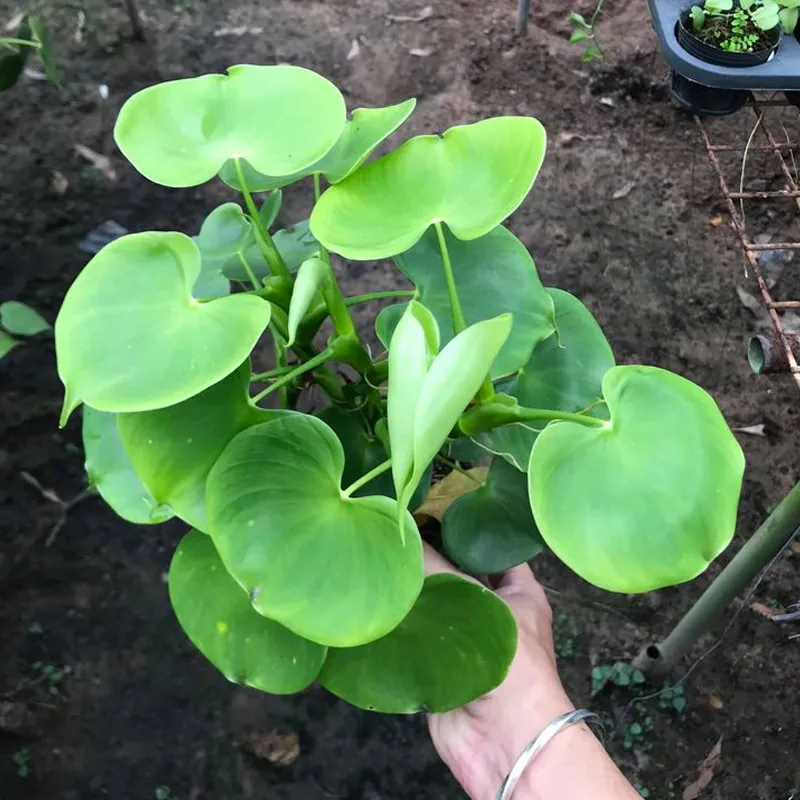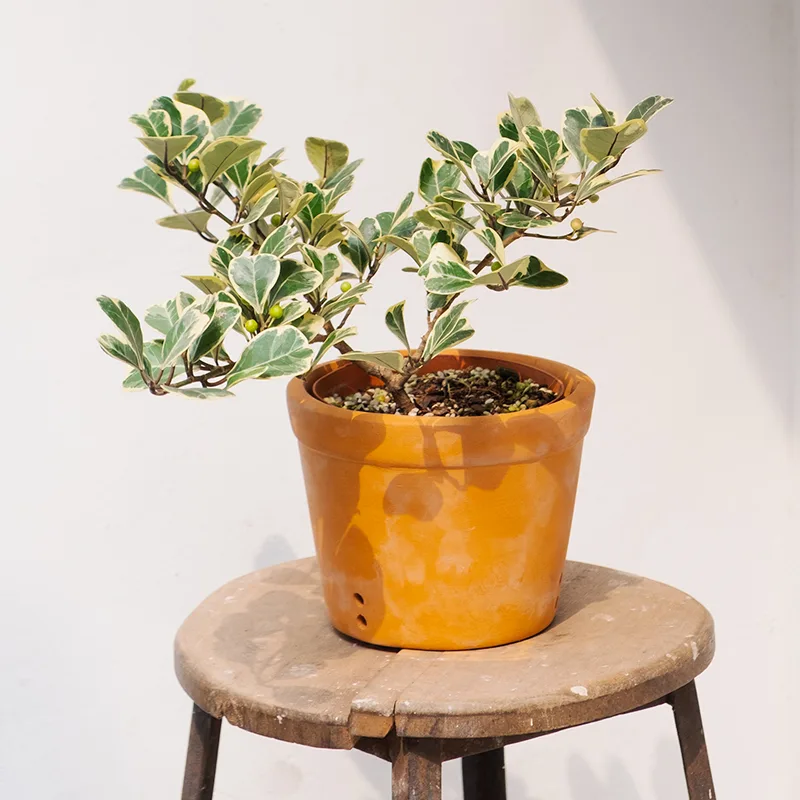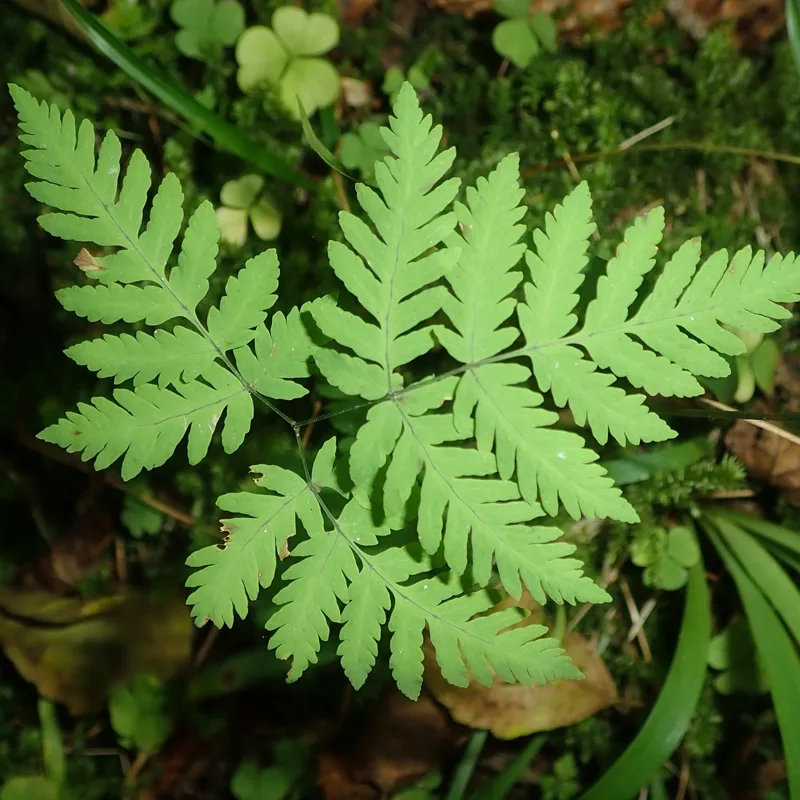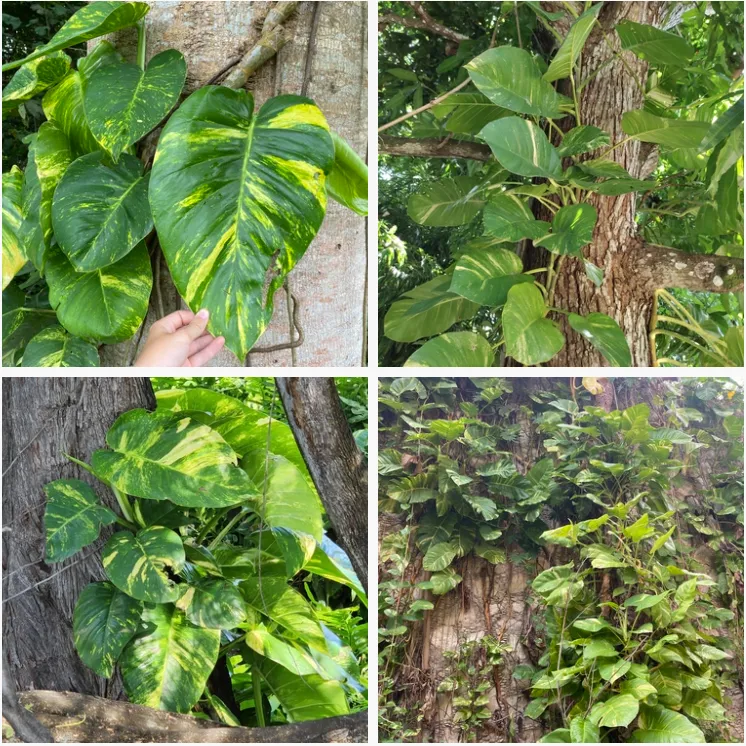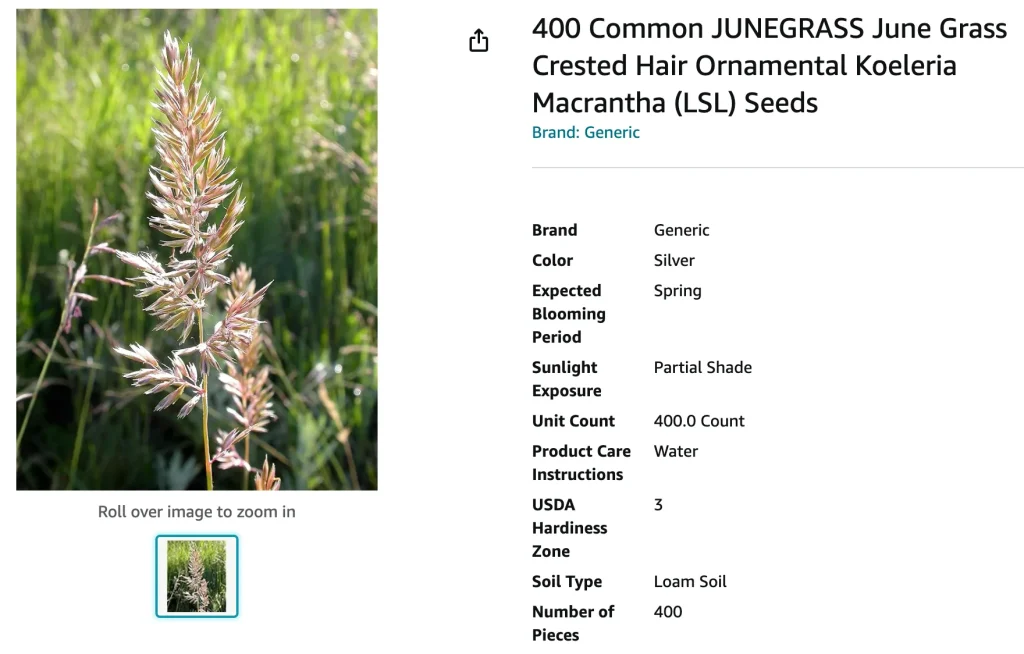
FAQs About Koeleria Macrantha
Koeleria Macrantha, also known as the Prairie Junegrass, is a charming and resilient grass that I’ve grown to appreciate in my garden. With its fine texture and unique appearance, it’s often a subject of curiosity for gardeners. I’ve compiled some frequently asked questions about this plant, drawing on my own experiences and observations.
What Is Koeleria Macrantha?
Koeleria Macrantha is a perennial grass belong to the Poaceae family, native to North America, particularly the prairies and open woodlands. It’s recognized for its delicate, slender foliage and airy seed heads that add a touch of elegance to any garden. The plant typically grows to about 12-24 inches in height, and its blue-green blades turn a lovely golden color in the fall, offering seasonal interest.
Plant Family: 822 Genera in Poaceae
How to Care for Koeleria Macrantha?
Caring for Koeleria Macrantha is quite straightforward, which is one reason why it’s a favorite of mine. Here are a few tips based on my experience:
- Sunlight: This grass thrives in full sun but can also tolerate partial shade. I’ve found it performs best with at least 6 hours of sunlight a day.
- Soil: It prefers well-drained soils. Sandy or loamy soils are ideal. I’ve seen it struggle in heavy, clayey soils, so ensuring good drainage is crucial.
- Watering: Koeleria Macrantha is drought-tolerant once established. I water it regularly during its first growing season to help it settle in, but after that, it needs minimal watering.
- Fertilization: Generally, it doesn’t require much fertilizer. A light application of a balanced fertilizer in the spring can boost its growth, but I’ve often skipped this step without any negative effects.
How to Propagate Koeleria Macrantha?
Propagation of Koeleria Macrantha can be done in a few ways, which I’ve tried:
- Seeds: This is the most common method. I sow seeds directly into the soil in the spring after the last frost. The seeds need light to germinate, so I just press them into the surface of the soil without covering them. Germination usually takes a couple of weeks.
- Divisions: You can also propagate by dividing mature clumps. I usually do this in early spring or fall. Simply dig up the plant, divide the clump into smaller sections, and replant them.
What to Plant With Koeleria Macrantha?
Koeleria Macrantha pairs beautifully with various plants. Here are some combinations I’ve enjoyed:
- Echinacea: The tall, bold flowers of Echinacea contrast nicely with the delicate texture of Koeleria Macrantha.
- Penstemon: The vertical growth habit of Penstemon complements the airy nature of Prairie Junegrass.
- Salvia: With its vibrant spikes, Salvia adds a burst of color that contrasts well with the subtle tones of Koeleria Macrantha.
Is Koeleria Macrantha Toxic?
No, Koeleria Macrantha is not toxic. It’s safe for pets and children, which is another reason I love incorporating it into my garden. It won’t cause any issues if ingested, making it a great choice for a family-friendly garden.
Benefits of Koeleria Macrantha
Koeleria Macrantha offers several benefits:
- Low Maintenance: It requires minimal care once established, making it perfect for busy gardeners.
- Drought Tolerance: Its ability to withstand dry conditions is a major plus, especially during hot, dry spells.
- Seasonal Interest: It provides visual interest through various seasons with its changing colors and graceful form.
Common Problems with Koeleria Macrantha
While Koeleria Macrantha is quite hardy, it’s not entirely without its issues:
- Pests: It can occasionally be susceptible to pests like aphids or spider mites. Regular inspection and a gentle insecticidal soap treatment can manage these issues.
- Diseases: In very humid conditions, it might develop fungal issues. Good air circulation and avoiding overhead watering can help prevent this.
Compare with Similar Plants
If you’re considering Koeleria Macrantha, you might also be looking at similar grasses. Here’s how it compares to a couple of them:
- Bouteloua Gracilis (Blue Grama): Unlike Koeleria Macrantha, which has a more delicate appearance, Blue Grama has a bushier form with distinctive seed heads that resemble eyelashes. Both are drought-tolerant, but Koeleria Macrantha generally has a finer texture.
- Festuca Glauca (Blue Fescue): While both grasses offer a blue-gray hue, Festuca Glauca is smaller and more compact, forming neat clumps. Koeleria Macrantha, on the other hand, has a taller, more open form.
Conclusion
Koeleria Macrantha is a fantastic choice for adding a touch of grace and resilience to your garden. Its low maintenance needs, drought tolerance, and compatibility with various companion plants make it a versatile and attractive option. Whether you’re a seasoned gardener or just starting out, I highly recommend giving this prairie gem a spot in your garden.
If i die, water my plants!
